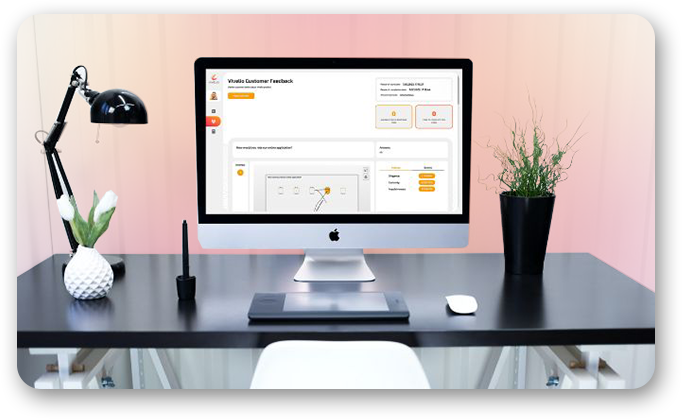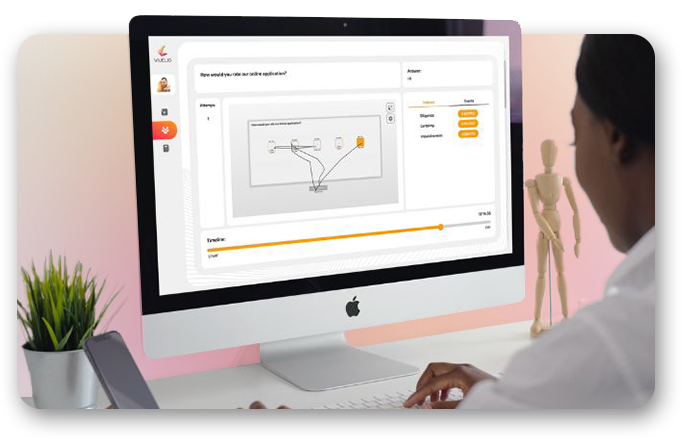Discover advantages of Behavioral Intelligence
Behavioral Indexes are a numerical way of presenting the answers given. There is value in both analysing individual indexes and comparing them with each other. The simultaneous analysis of two or more indices and their increasing or decreasing value allows additional conclusions to be drawn about the respondent’s behavior. (read more)
Insight Answers allow you to understand the context of the situation in which the respondent is answering the questions, and reveal hidden factors that may have influenced their answers. They allow you to identify any ambiguities or inconsistencies in the respondent’s answers, leading to key information. (read more)
Behavioral intelligence – data collected during a survey using the Vivelio tool can also be used to create custom models. (read more)


Behavioral Indexes

Diligence index
- Verifies whether the user has been conscientious in answering the question, i.e. has read the question and possible answers and taken the time to do so.
- A high index value indicates that the respondent has read the question and thought about the answer.
- A low index value means that the answer was given unreflectively and therefore the answer is less reliable.

Certainty index
- This index indicates the respondent’s level of certainty about the answer given, and whether they changed their mind or hesitated.
- A high index value indicates a lack of hesitation in giving an answer or a quick random answer, potentially not preceded by thinking about it.
- A low index value is understood as the respondent’s lack of decisiveness or hesitation as when answering a question.

Focus index
- Allows us to determine whether the respondent showed impatience, made chaotic movements while completing the questionnaire.
- A high value of the index indicates that the respondent is focused and that the content of the question is understood by the respondent.
- A low value of this index indicates that the respondent could not focus on the answer, or that the question was incomprehensible to them.

Potential Answer
- This index indicates the probability of the respondent giving a given answer (even if it was not ultimately chosen).
- The higher the value of this index, the higher the probability of the respondent’s intention to give that particular answer.
Insight Answers

The gathering of information is based on multi-vector data analysis. The course of the decision-making process for a single answer is presented graphically. Response activities are categorised as events, such as the initiation, choice or modification of a response. The information vectors include the following data:
- time (for each event)
- mouse movement
- type of event (e.g. answering or modifying an answer).
Behavioral intelligence

The data gathered during the survey using the Vivelio tool can also be used to create customised models. Vivelio allows additional, external data to be attached to the questionnaire results. In this way, Vivelio allows for more than just data analysis – it is artificial intelligence, predicting the results of a survey.
Behavioral intelligence models can be integrated with other systems to maximise the business potential of questionnaire surveys

